Big cats, including lions, tigers, leopards, and jaguars, are renowned for their strength, stealth, and adaptability. These awe-inspiring creatures inhabit some of the world’s most extreme environments, from arid deserts to dense jungles. Understanding how these majestic animals survive in such harsh conditions offers insight into their biology, behavior, and the ecological challenges they face. This article explores the remarkable adaptations that enable big cats to thrive against the odds.
Remarkable Physical Adaptations
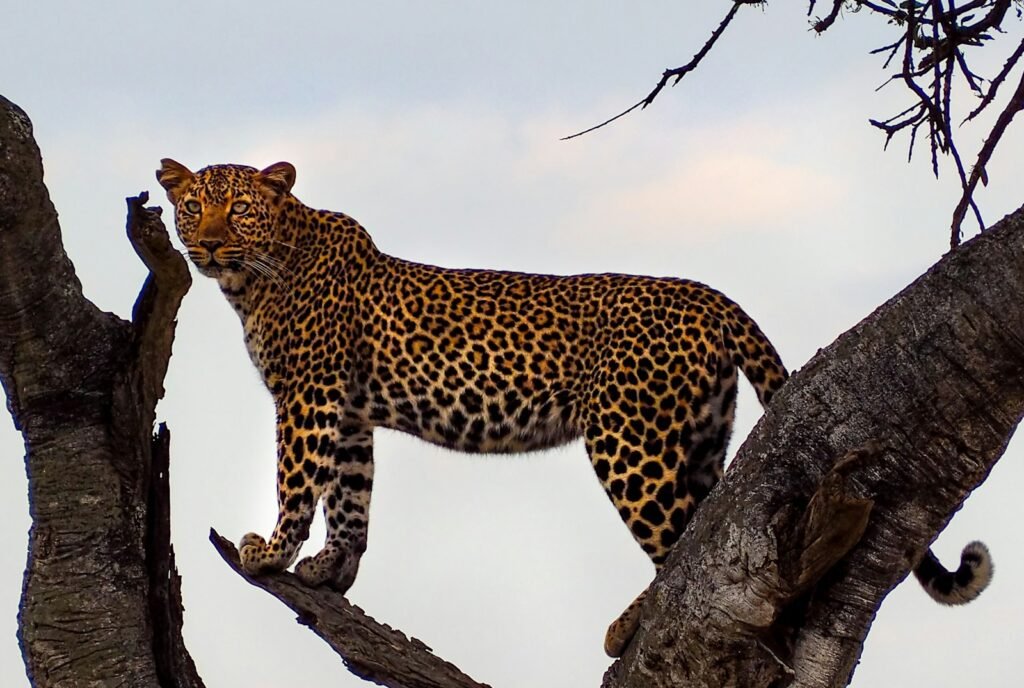
Big cats possess a range of physical traits that help them endure harsh climates. Their powerful muscles and sharp claws are essential for hunting, while their keen senses—acute hearing, exceptional vision, and a keen sense of smell—aid them in detecting prey. Additionally, their camouflaged fur provides concealment in diverse habitats, enhancing their ability to ambush unsuspecting prey.
Adaptation to Arid Deserts
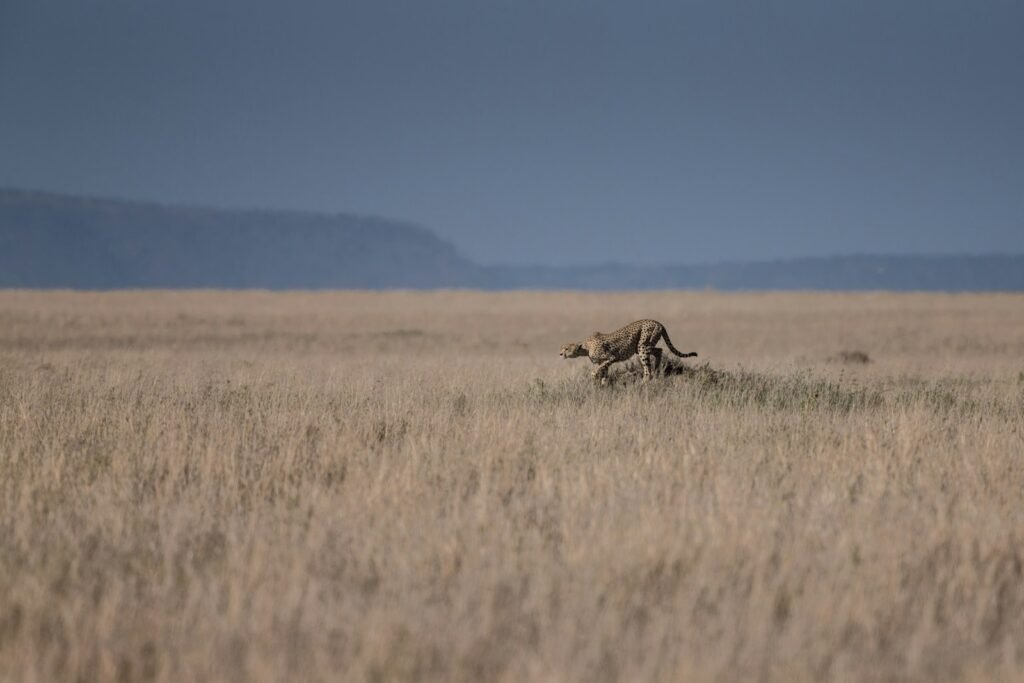
In deserts, where water is scarce and temperatures can be extreme, big cats have evolved several strategies to survive. Some species, like the Arabian leopard, have adapted a nocturnal lifestyle to avoid the blistering daytime heat. They also have highly efficient kidneys that concentrate urine, minimizing water loss, and enabling them to survive on minimal water intake.
Hunting and Diet in Dense Jungles
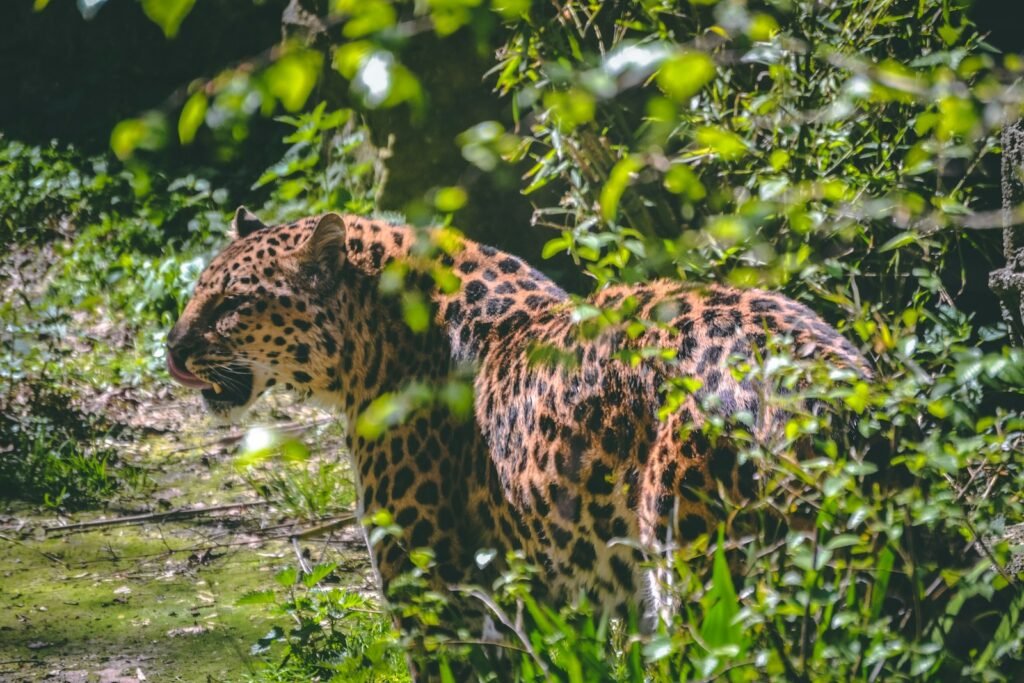
Jungle-dwelling big cats, such as the jaguar, rely on stealth and surprise to hunt amid dense vegetation. Their stocky builds and powerful jaws are specially adapted for ambushing prey in close quarters. Jaguars, in particular, are known for their varied diets, which include an array of species from fish to large mammals, showcasing their versatility in exploiting available food resources.
Social Structures and Survival
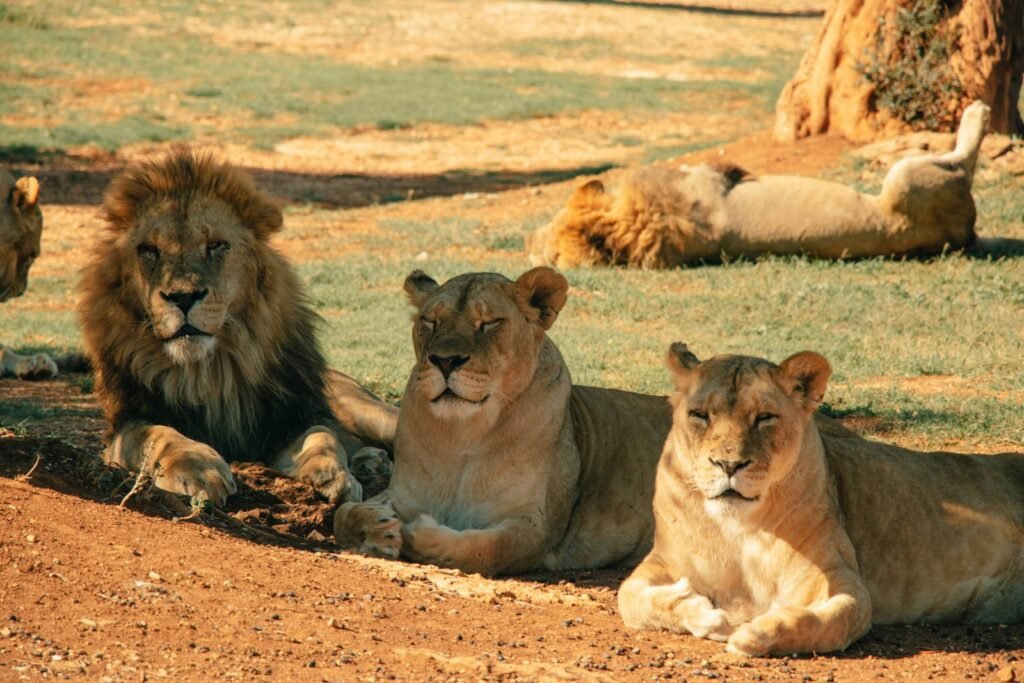
Social behavior plays a critical role in the survival strategies of some big cats. For instance, lions live in prides, which manage territory and share responsibilities such as hunting and rearing young. This social structure not only aids in hunting larger prey but also provides protection against rival predators and environmental threats.
Climate-Induced Behavioral Changes
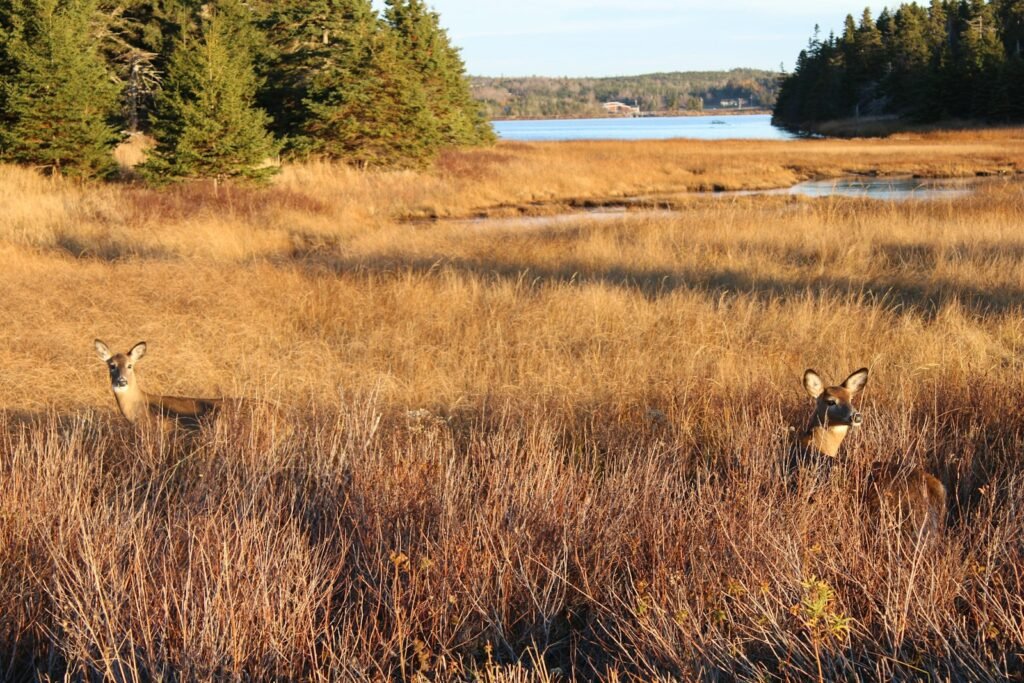
Big cats have shown behavioral flexibility in response to climate fluctuations. Changes in prey availability due to shifting climates can lead big cats to adjust their hunting patterns, migrate to new territories, or, in extreme cases, alter the timing of their activities to coincide with the presence of prey. This adaptability is key to their survival in a changing world.
Territoriality and Resource Management

Maintaining and defending territory is vital for big cats, as it ensures access to resources such as food and water. Male big cats often have larger territories that overlap with several females, optimizing breeding opportunities. Resource management is critical in harsh environments, where securing adequate hunting grounds can mean the difference between life and death.
The Role of Genetic Diversity
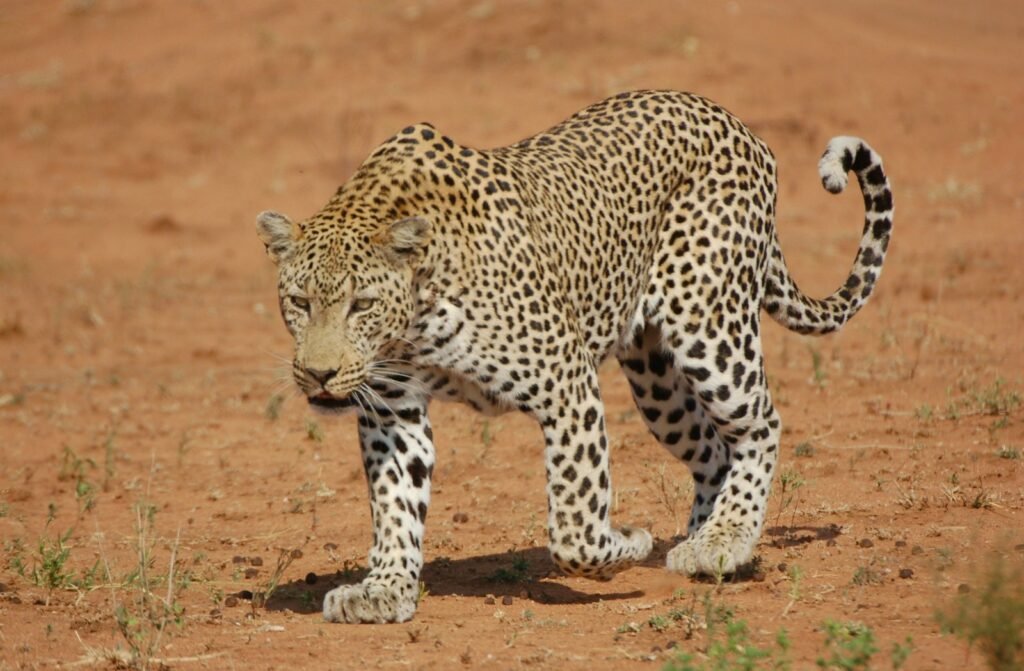
Genetic diversity within populations of big cats enhances their ability to withstand environmental changes and disease outbreaks. It contributes to healthier, more resilient individuals, which is crucial for species survival in environments that are increasingly fragmented due to human activity. Conservation efforts often focus on maintaining and improving genetic diversity to bolster these populations.
Coping with Human Encroachment

As human populations expand, big cats face the increased challenge of habitat loss and conflict with humans. Some species have adapted by expanding their range or altering their diets to include livestock, which often brings them into conflict with local communities. Successful coexistence relies on innovative conservation strategies and community engagement to mitigate human-wildlife conflict.
Conservation Efforts and Future Outlook

Conservation programs aimed at protecting big cats and their habitats are critical to their survival. These efforts include establishing protected areas, implementing anti-poaching measures, and engaging local communities in conservation. The future of big cats hinges on the success of these initiatives, international cooperation, and heightened awareness of the ecological importance of these apex predators.
Conclusion: The Indomitable Spirit of Big Cats

Big cats are emblematic of the wild’s untamed spirit, their ability to adapt and survive in harsh environments a testament to their resilience. By studying and protecting these magnificent creatures, we not only preserve a vital part of our global ecosystem but also gain invaluable insights into nature’s complex interconnectedness and the ever-evolving tapestry of life on Earth.

Growing up traveling and experiencing new cultures and wonders, I have had a passion for nature, adventuring, photography, and videography. I am currently working towards a BSc in Biodiversity and Ecology at Stellenbosch University, and I hope to specialise in Marine Sciences one day.
Please send any feedback to Feedback@animalsaroundtheglobe.com






